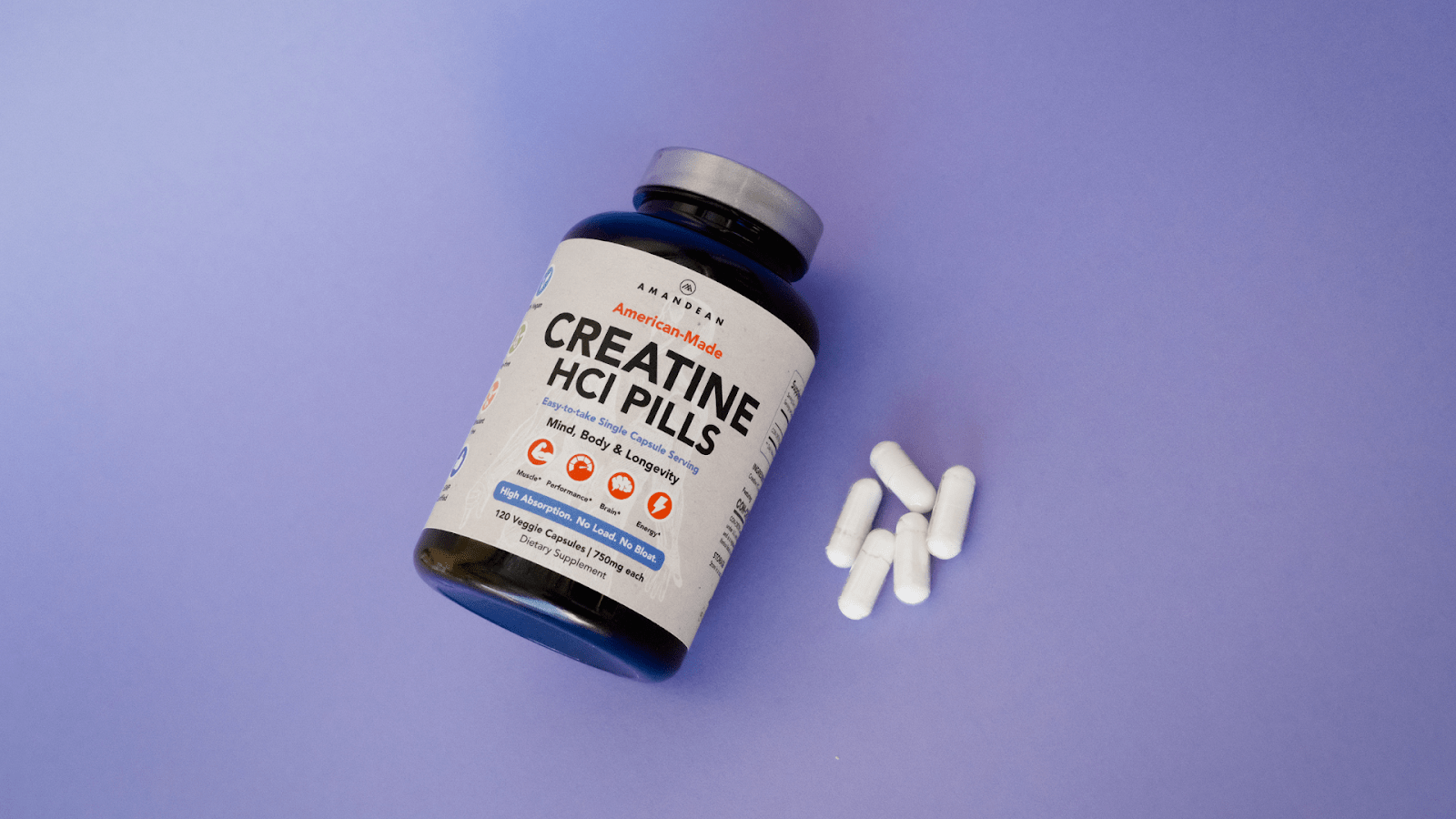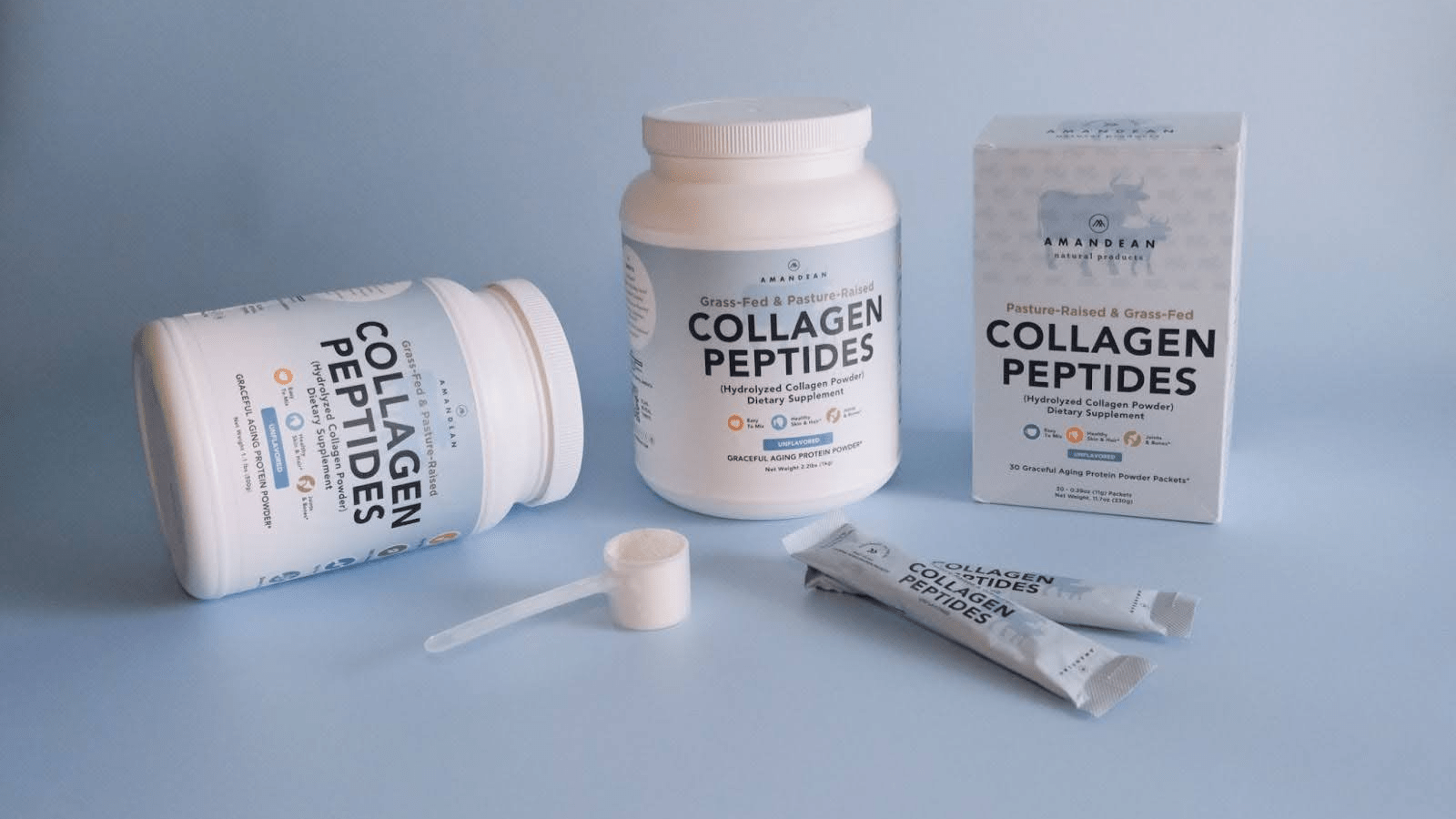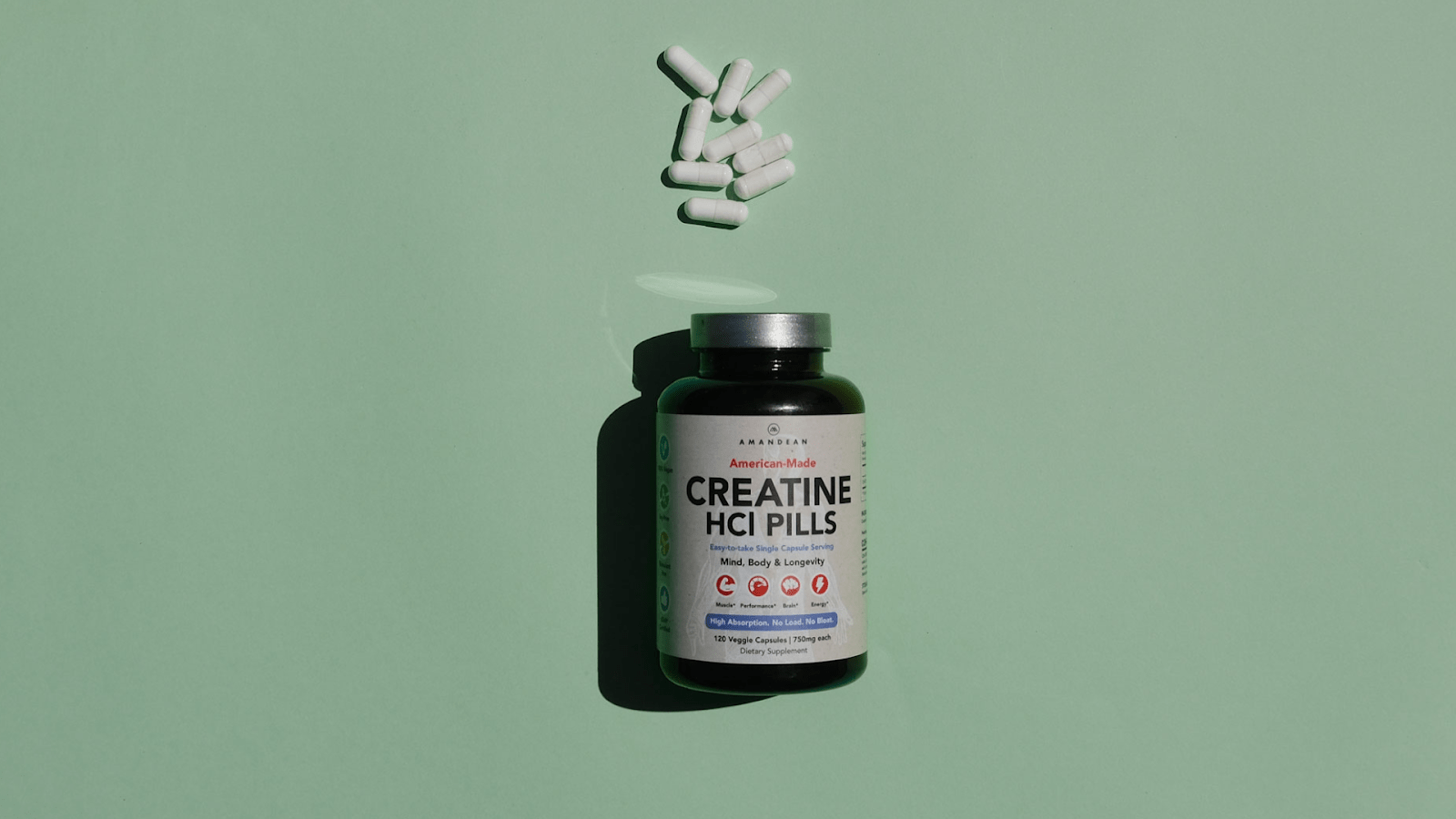Your Cart is Empty

March 09, 2023 6 min read
Arthritis is much more common than you may think: According to the Centers for Disease Control and Prevention, more than 50 million Americans now suffer from arthritis. That's roughly one in seven people having to deal with some kind of pain and discomfort due to this ailment. Crazy, isn't it? However, what's even crazier is that it's still not well understood by most people!
Arthritis is characterized by stiff, aching, hard-to-move joints and bones due to inflammation. Arthritis can affect one or multiple joints at the same time. There are over 100 different types of arthritis and the main reason it occurs is due to cartilage reduction in the human body.
Cartilage is a firm and flexible connective tissue that covers the ends of bones at the place where they meet with every joint of the human body. Cartilage is made up of collagen (a key component in human tissue accountable for consistency, flexibility and regeneration of bones, cartilage, and other joints) and other substances. This connective tissue is both elastic and resistant. Cartilage is the responsible agent in protecting joints, due to its capacity of absorption of pressures and shocks created when people do any kind of physical activity. Deterioration over time will lead to the reduction in cartilage tissue and eventually can affect the shape and functionality of joints. In the long run, this is one of the primary causes that lead to some form of arthritis.
Osteoarthritis (OA) is one of the most common forms of arthritis and it occurs with the aforementioned "wear and tear" of cartilage between bones and joints. This permits bones to rub together instead of being provided with the "cushion protection" they need. OA is an infection or injury in the joints which can dramatically worsen the natural breakdown of cartilage tissue.

Rheumatoid arthritis (RA) is another common form of arthritis. It is an autoimmune disorder that occurs when the body's immune system automatically attacks body tissue. This affects the production of synovium, a soft tissue in human joints responsible for producing a fluid that nourishes cartilage and lubricates the joints. The cause of RA is still unknown, but scientists have discovered genetic trends and genetic markers that indicate who is at greater risk of developing RA. Arthritis is usually seen with greater frequency in seniors given that collagen in the human body decreases as we age. Arthritis also tends to be more common in women than in men, and it also tends to affect those who are overweight. However, arthritis can also develop in children, teens, and young adults. Bottom-line here is: arthritis is real and it can affect any of us. Our response should be how to avoid it and how to treat it properly if contracted.
Symptoms of arthritis can arrive at any moment but usually, take time to develop. Usual signs include swelling, pain, and decreased range of motion. Extreme cases of arthritis can result in chronic pain, inability to perform everyday activities, including walking. If not taken care of, arthritis can cause permanent damage in joints and, in some cases, it can even affect heart, eyes, lungs, kidneys, and skin. Symptoms of RA also include tiredness and loss of appetite due to the inflammation the immune system's activity provokes.
If at any given moment, you feel that your range of motion starts to decrease, or if you experience redness of the skin around the joint affected, then you should definitely take these signs as an alert. Remember: It is never late to assess arthritis and begin treatment ASAP.
Even though doctors usually treat arthritis with anti-inflammatory medications and painkillers, these may cause side effects and long-term dependency. Nowadays, a natural approach to treating arthritis is becoming more and more popular. Amongst the natural treatments to treat arthritis are anti-inflammatory diets, massage therapies that use healing essential oils to help control pain. Amongst these recommendations (which some will be described in detail later), we provide you with a long list of items that will help manage symptoms:
Turmeric and ginger are both anti-inflammatories and will help with OA and RA. Turmeric has an active ingredient called curcumin, which is a powerful antioxidant. In addition, it lowers the levels of two enzymes responsible for causing inflammation. You can take these in capsule form or prepare yourself a nice tea as indicated ahead:
Ingredients
Directions
Bring 2 cups of water to a boil, and had ½ teaspoon each ground ginger and ground turmeric. Reduce to a simmer and let it be for 10-15 minutes. Strain, add honey to taste, and enjoy twice daily.

Magnesium is something our bodies need, but can't produce by itself. Magnesium relaxes muscles and nerve endings, relieving stiffness and pain. It also helps bones to mineralize. The American Journal of Clinical Nutrition conducted a study that showed that those that had a diet high in magnesium, had higher bone density and stronger bones.
How to obtain magnesium:
The main compound in extra virgin olive oil, oleocanthal, inhibits inflammatory enzymes the way Advil or aspirin does. According to studies, 1 ½ tablespoons is equal to 200-mg of ibuprofen. However, heat destroys oleocanthal, so it is necessary to use the oil “cold-pressed.”
Ingredients:
Directions
Rub a bit of olive oil onto your sore joints twice a day, massaging into each one gently. You can also take 2-3 tablespoons daily, but be sure to give up some other form of fat due to the high-calorie count in the oil.
Adding a high-quality Collagen Peptides supplement to your everyday diet will benefit your health in several ways. Some of these include the promotion of healthier skin, the reduction of cellulite appearance, the improvement in the growth of healthy hair, and will help in the reduction of arthritis pain, amongst other benefits. It is proven that collagen supplements may increase your joint mobility and reduce the pain caused by arthritis if consumed frequently.
Boswellia serrata is a native Indian tree that produces special compounds which contain strong anti-inflammatory effects. Its extract has been used for thousands of years to naturally treat inflammatory disorders, even long before inflammation-lowering medications and supplements even existed. Taking Premium Boswellia Serrata Extract supplement not only helps lower inflammation but also helps to prevent autoimmune diseases and contributes to the reduction of joint and arthritis pain.
These are only some of the ways to help treat arthritis naturally, without damaging our body with the side-effects of clinical medications. There are other home remedies available out there, that also contribute with positive impacts with your body and your skin. Nonetheless, remember: arthritis is much more common than you think. It’s never too late to invest in your health and well-being. Start today by visiting Amandean and checking out our collagen peptides supplements and Boswellia Serrata extract.
Take our quiz and find which supplements your body is craving.

Arthritis is a painful condition that millions of people across the world suffer from. Even though arthritis is an autoimmune disorder, there are some steps that you can take to reduce pain. The natural remedies such as turmeric & ginger tea, consuming magnesium, using extra virgin olive oil to lubricate joints and bones, taking collagen supplements, and using Boswellia Serrata extract are all helpful methods of combating arthritis naturally without having to rely solely on traditional medications. Though these natural remedies might not get rid of your arthritis completely, they will surely alleviate much of the pain and swelling symptoms associated with it.

October 17, 2025 8 min read
Find out why creatine is better for vegans! Boost your wellness game and unlock peak performance with Amandean's premium supplements today.

October 16, 2025 7 min read
Learn whether collagen in coffee is just another wellness fad. Examine the facts, benefits, and how to use collagen in coffee for beauty and joint support.

September 22, 2025 9 min read
Unlock the full benefits of creatine for women. Boost energy, beauty, and brainpower with Amandean’s clean formulas.